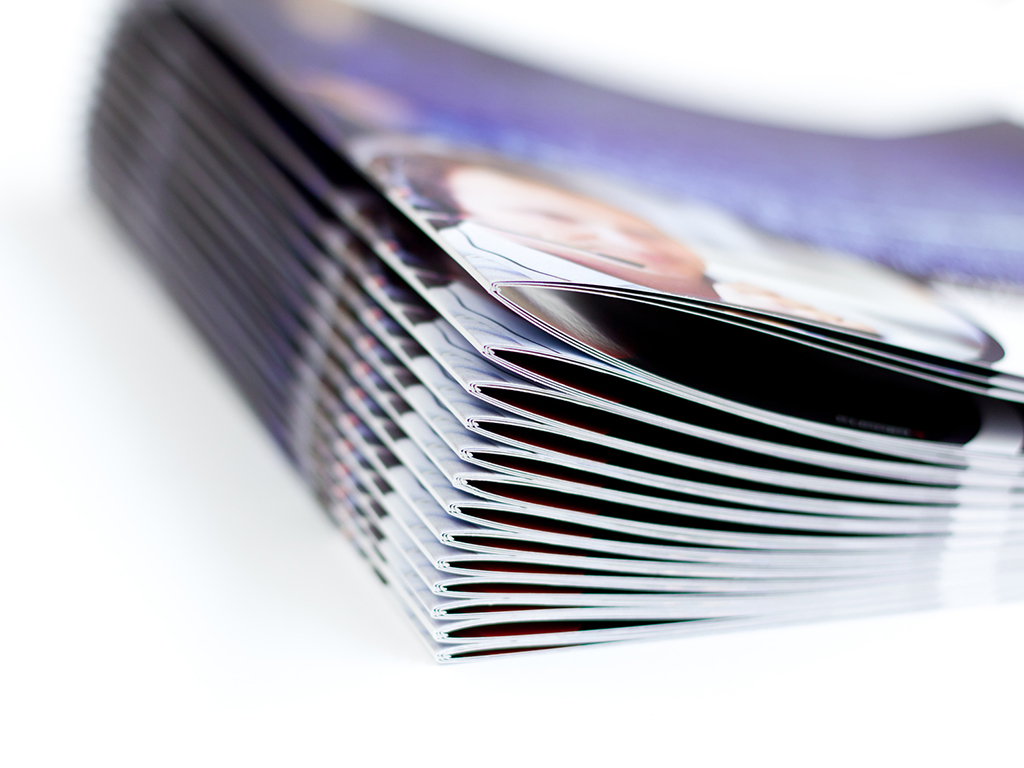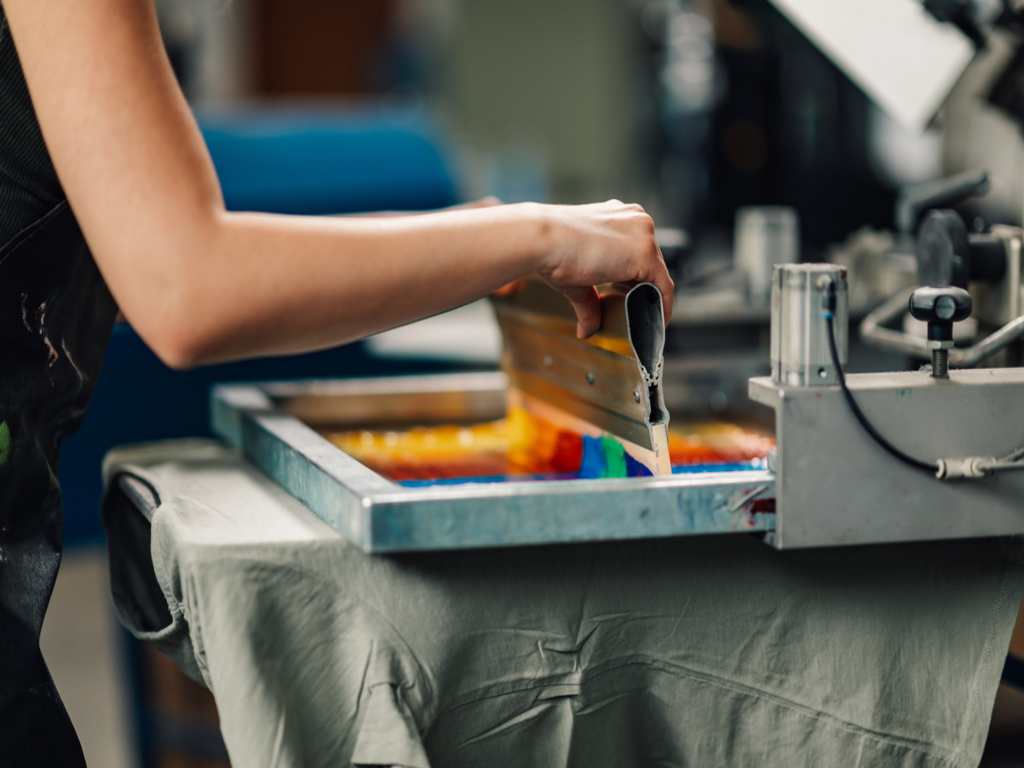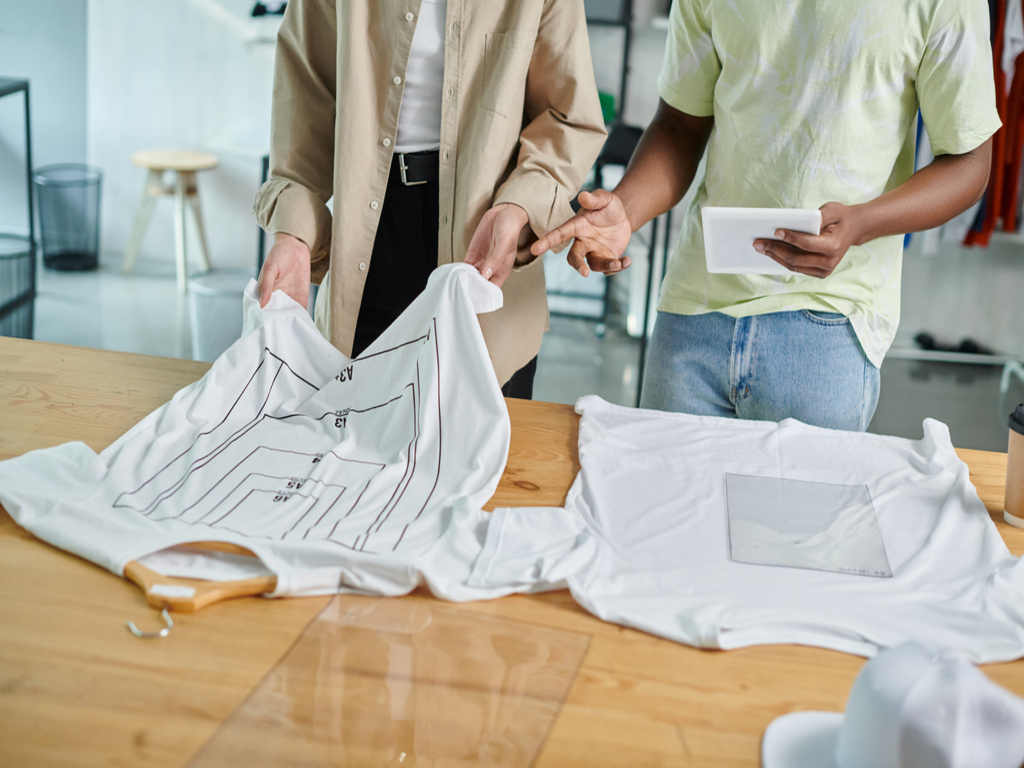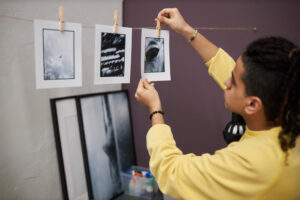Saddle Stitched Booklets: A Comprehensive Guide
Saddle stitching is a popular binding method for creating booklets, offering a sleek and professional finish. In this comprehensive guide, we’ll explore key aspects of saddle-stitched booklets, including the Plus-Cover vs. Self-Cover options and the intricate process of saddle stitching.
Plus-Cover vs. Self-Cover
One of the fundamental decisions when planning a saddle-stitched booklet is whether to opt for a Plus-Cover or a Self-Cover design.
Plus-Cover:
- In a Plus-Cover booklet, the cover is printed on a heavier stock than the interior pages. This choice provides added durability and a premium feel.
- Ideal for booklets with a substantial page count, as the sturdier cover helps protect the interior pages.
- Creates a distinct separation between the cover and the content, giving a polished and professional appearance.
Self-Cover:
- In a Self-Cover booklet, the cover and interior pages share the same paper stock.
- Suited for booklets with fewer pages, as the lack of a separate cover minimizes bulk.
- A cost-effective option as it requires less paper and simplifies the printing process.
Understanding the Plus-Cover vs. Self-Cover distinction allows you to tailor your saddle-stitched booklet to meet specific aesthetic and functional requirements.
The Saddle Stitching Process
Saddle stitching involves securing folded sheets of paper with staples along the spine, creating a neat and compact booklet. The process unfolds in a series of steps:
- Collating and Folding: Pages are collated in the correct order, and the entire set is then folded in half. This creates the signature, which is the basic unit of a saddle-stitched booklet.
- Imposition: The signatures are arranged in the correct sequence for printing. In the case of a Plus-Cover booklet, the cover and interior pages are imposed separately.
- Printing: The imposed signatures are printed with the chosen content, ensuring alignment for accurate folding and stitching.
- Trimming: The booklet edges are trimmed to achieve a clean and uniform finish.
- Stitching: The booklet is placed on a saddle stitching machine, where wire staples are driven through the spine, securing the pages together.
- Folding Again: The stitched booklet undergoes a final fold, compressing the staples and enhancing the overall binding integrity.
The saddle stitching process offers efficiency and precision, making it a popular choice for various printed materials, including brochures, catalogs, and programs.
In conclusion, mastering the Plus-Cover vs. Self-Cover decision and understanding the intricacies of the saddle stitching process empowers you to create booklets tailored to your specific needs. Whether aiming for a luxurious feel with a Plus-Cover or a more budget-friendly option with a Self-Cover, saddle-stitched booklets are a versatile and visually appealing choice for presenting information in a compact and professional format.




